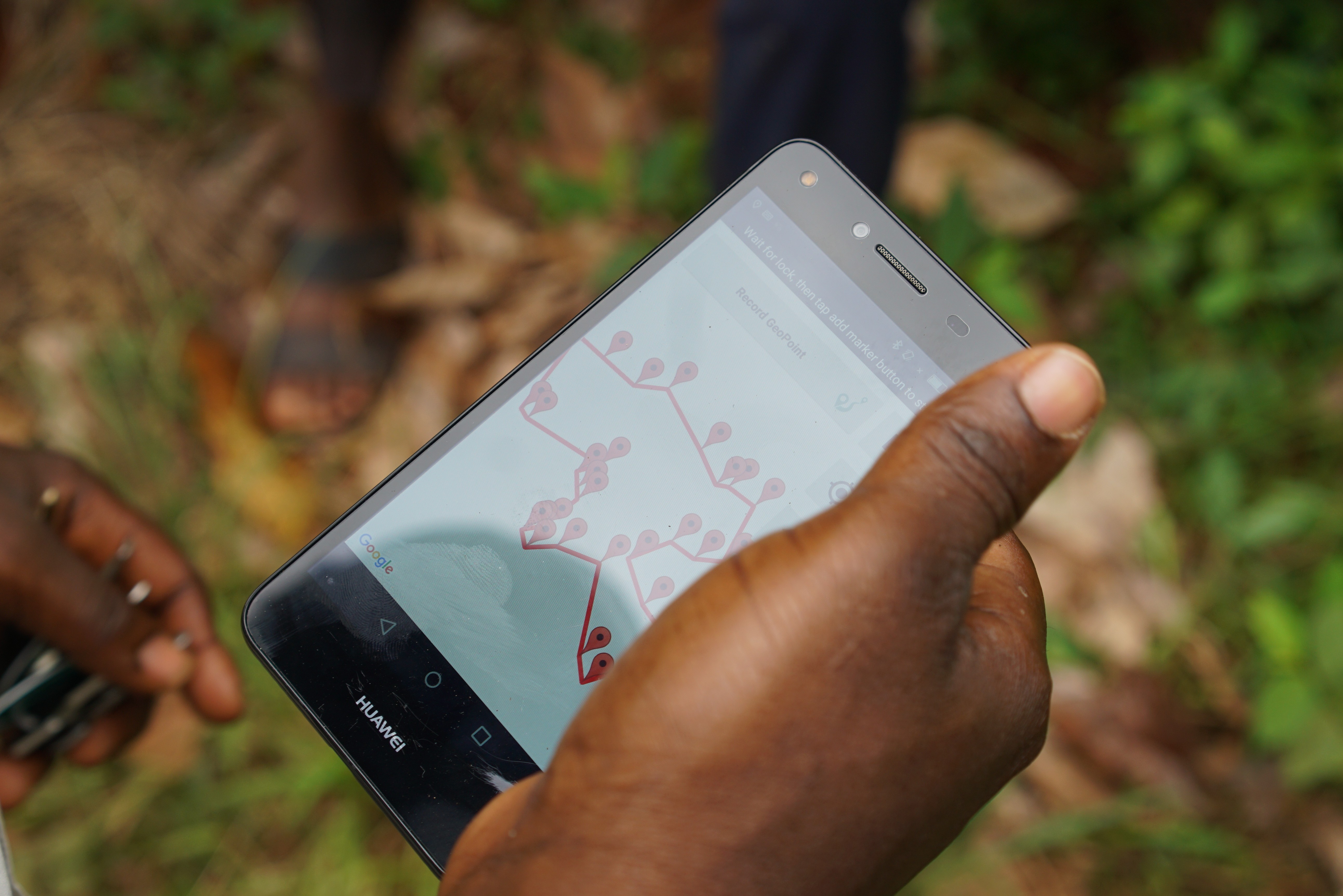Sep 19, 2024
Concerned about EUDR implementation? What we've learned from 10+ years of private sector mapping and monitoring for deforestation-free supply chains
When the EU Deforestation Regulation (EUDR) goes into force later this year it will be the most sweeping supply chain responsibility law on the books. Every shipment that enters the EU containing soy, palm oil, cocoa, coffee, rubber, wood, beef will need a digital map showing all of the plots of land where the materials originated, and evidence that they did not contribute to deforestation. Sounds complicated? It will be for some companies that have never mapped or monitored their supply chains before. But for others who've been mapping and monitoring deforestation for years, it's business as usual.
At Sourcemap, we’ve been helping multinational companies map and monitor their supply chains to make certain they don’t buy from deforested lands since 2008, first as a research project at MIT and since as a tech company headquartered in New York and Paris since 2011. Along the way we’ve witnessed the pioneering steps that industry is taking to manage deforestation risk from the perspective of a technology provider to companies, and to their suppliers. Here is what we’ve learned:
2012: Widespread Smartphone GPS Mapping
People have been mapping farms for decades using costly GPS devices and specialized computers. But the technology was too complicated and out of reach for many in deforestation-prone regions of the world until 2012 when the first relatively inexpensive smartphones became available that allows for GPS mapping within an accuracy of better than 15 ft / 5 m. Sourcemap was deployed in the smallholder cocoa farms of Côte d’Ivoire and Indonesia that year, enabling farmers and farm support staff already in the field to map more than ten thousand farms in areas with high deforestation risk on behalf of one of the largest chocolate companies in the world.
2014: Zero-Deforestation Commitments
The 2014 New York Declaration on Forests marks the first time that zero-deforestation commitments became widespread across global industrial players. That year 190 different organizations, including 57 transnational companies, committed to eliminating deforestation from the agriculture and forestry sector by 2020. This expanded the demand for deforestation-free supply chains and spurred several industry associations including the Roundtable on Sustainable Palm Oil and the World Cocoa Foundation to initiate mapping and monitoring programs of their own.
2014: Suppliers Must Provide Farm GPS Maps to Supply Major Manufacturers
By 2013, many of the largest European and American brands had conducted pilots of farm-level mapping for high-risk raw materials including palm oil, coffee, cocoa, and beef. The challenge was to scale up the mapping so that supply chains could be made transparent as a condition of sale. In 2014, we introduced the first data exchange that allowed suppliers (the large global commodity trading companies) to exchange farm mapping data with their customers (the large and well-known CPG companies). Supply chain maps became a prerequisite to obtain preferential pricing on these markets, and more than 1 million farms were mapped by the end of 2014. That number would grown to more than 10 million farms mapped by 2016.
2016: First satellite deforestation assessments
Satellite imagery was limited to research and military applications until image processing algorithms became widely available in 2016-2017. That year a number of public and private organizations began to make deforestation monitoring data available, notably the Global Forest Watch built on Google’s satellites and others built on Airbus’ satellites. For the first time, companies could remotely audit millions of supplier farms and forests for deforestation and use the data to move their investments towards deforestation-free sources.
2019: First Deforestation Boycotts
In response to increased deforestation in the Amazon spurred by new policies enacted by the Brazilian government, a number of global footwear brands began mapping beef supply chains in Brazil to assess deforestation risk. When new supply chain maps revealed that cattle were being sourced from newly deforested lands, a number of major brands announced a public boycott of Brazilian leather. Considering the importance of the leather export industry to Brazil’s economy the Brazilian government responded to the boycott with a moratorium on deforestation. The moratorium was announced within 24 hours of the boycott to avoid disruptions to the critical export.
2021: First End-to-End Traceability for Regulatory Reporting
With the acceleration of enforcement of US laws banning the importation of products made with forced labor at any stage of the supply chain, US industry began to adopt end-to-end chain of custody traceability at large scale using cloud-based solutions tied to enterprise logistics databases and customs clearance portals. This meant that for the first time, companies would need to prove the provenance of every shipment prior to entering the US market, including collecting receipts at every stage of the supply chain. The availability of cascading supplier portals that could be used to register indirect suppliers and collect data on every purchase order made it possible for US companies to respond to requests from Customs and avoid costly detentions or reputational risks.
2023: First EU Deforestation Regulation software launched
While the enabling technology and business processes have existed to monitor supply chains for deforestation for over a decade, they have only been used by companies on a voluntary basis. That means most multinationals still need to put a deforestation monitoring system in place before the EUDR goes into effect on December 31, 2024. Sourcemap launched its EUDR solution in 2023, allowing companies to combine existing farm mapping and monitoring with new shipment-level traceability that would support the continuous reporting the EUDR requires. The early introduction of this off-the-shelf solution gives companies time to onboard their suppliers - which often means rewriting contracts to require EUDR compliance - and to screen their sourcing regions for deforestation before any shipments make their way from high-risk regions.





